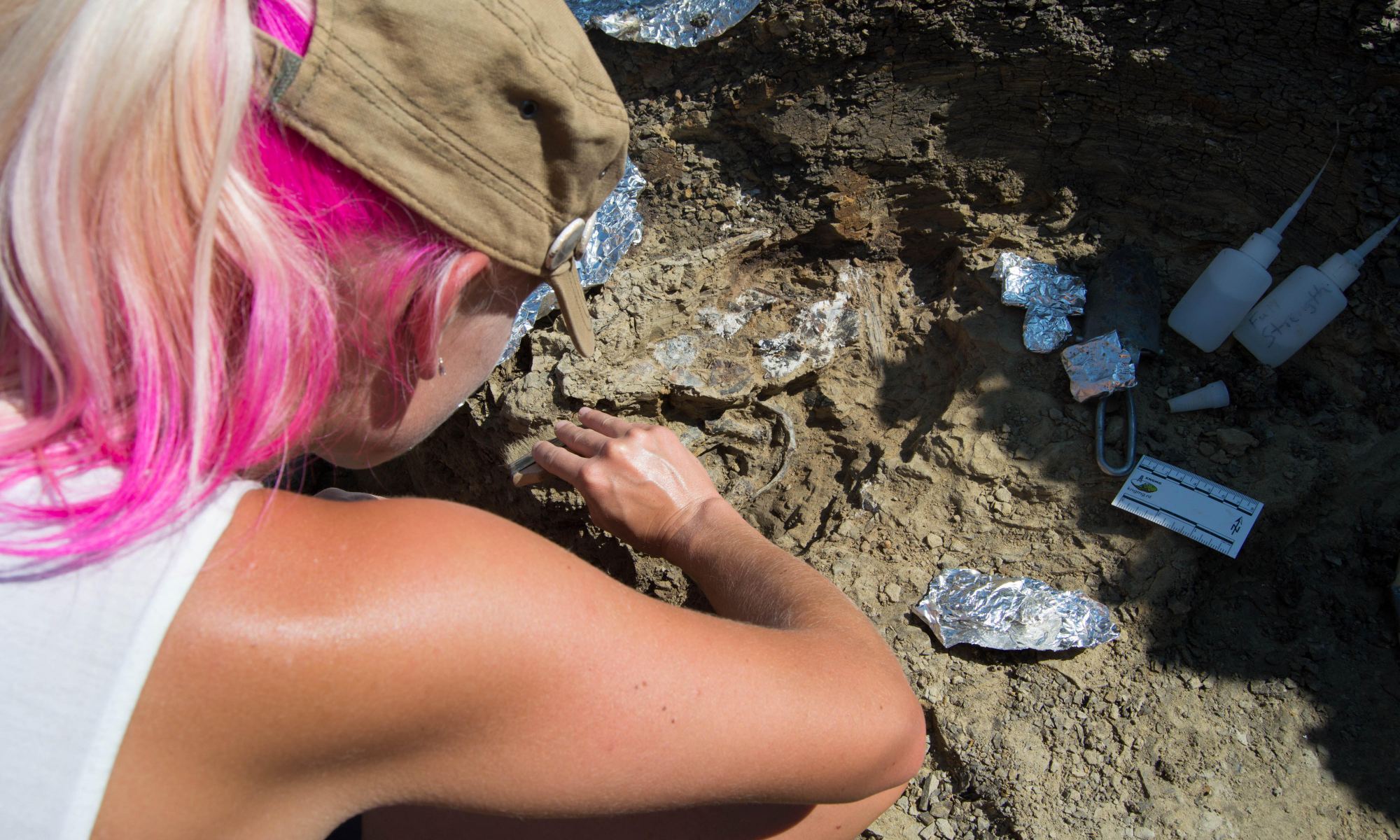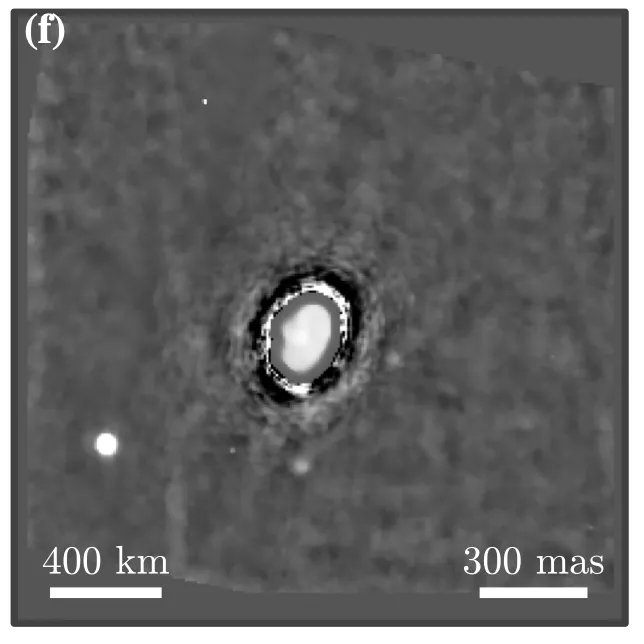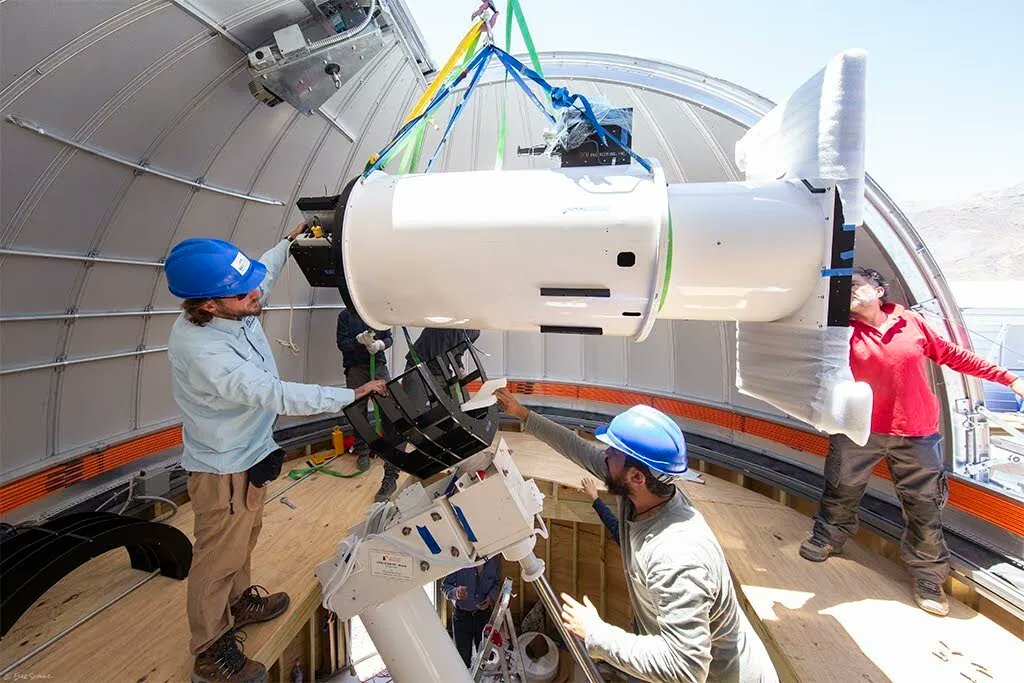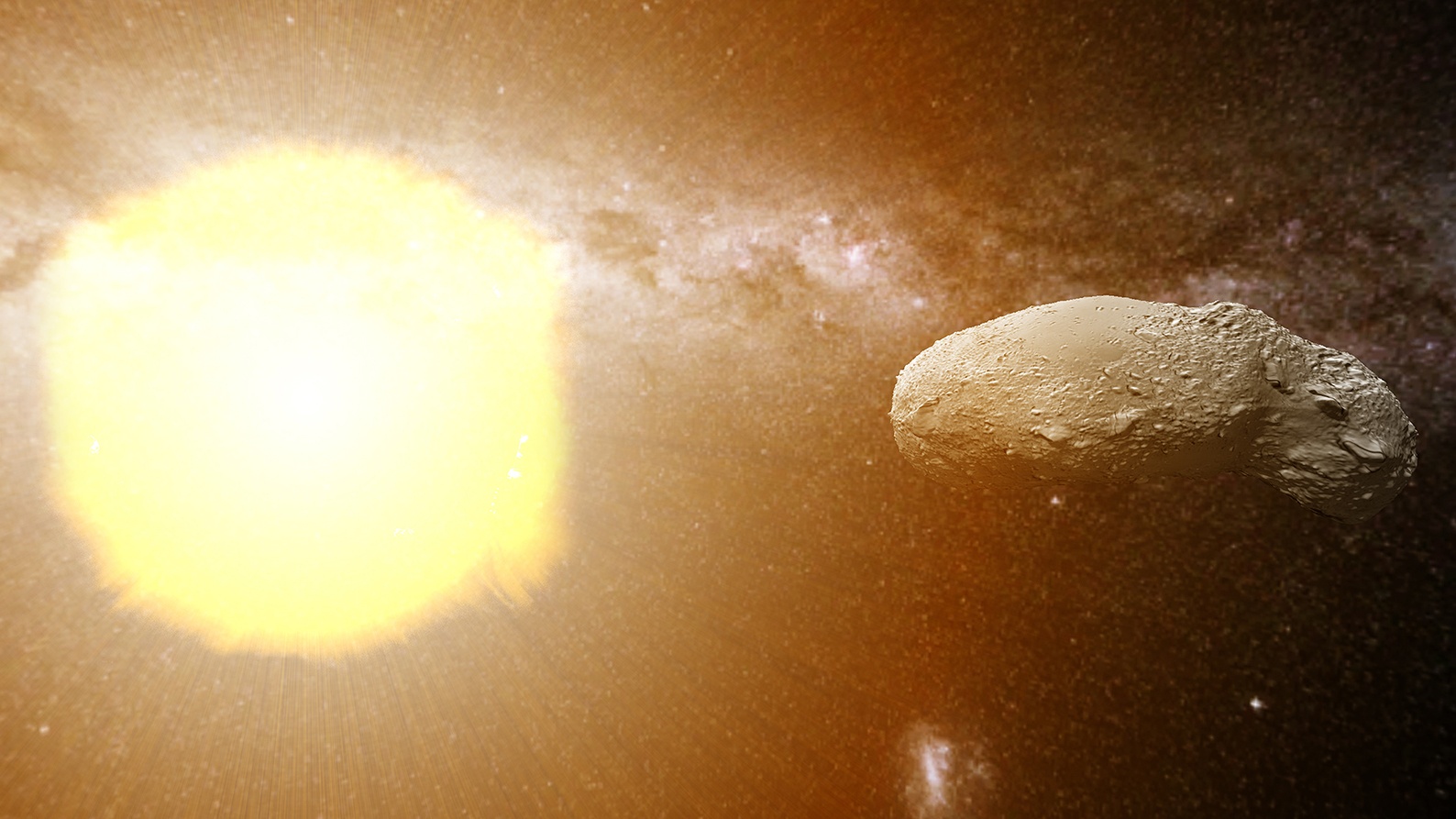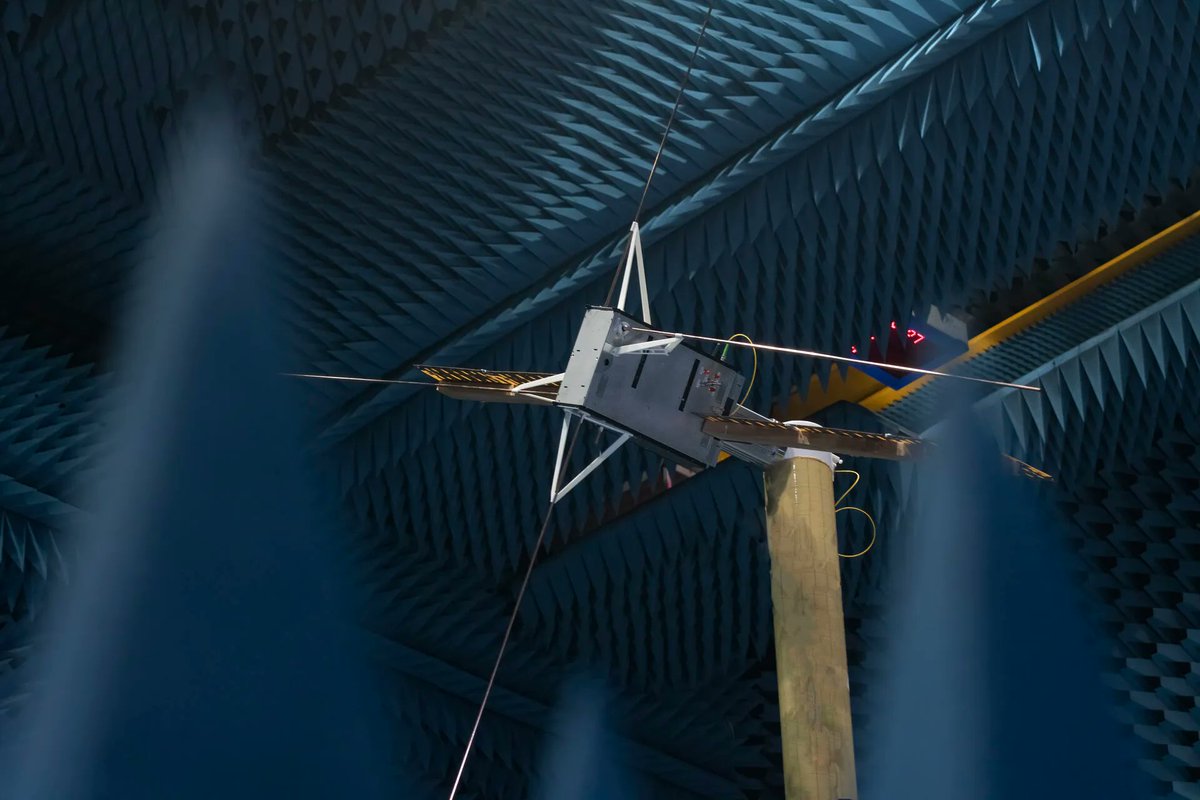We’ve long known a disaster took place about 66 million years ago, where in a geological instant, 75% of the plants and animals on Earth were wiped out, including all the land-roaming dinosaurs. But here’s a new detail about that event: Even though we can’t pinpoint exactly what year this disaster took place, we now know it happened during the springtime.
Continue reading “We don’t Know Exactly When the Dinosaurs Died, but Now We Know it was in the Springtime”An Asteroid has Been Discovered With Three Moons!
Planets aren’t the only celestial objects with moons – asteroids can have them too. They are usually other, smaller asteroids in orbit around a larger central one. Now, a team of Thai and French astronomers found an asteroid system with three satellites. The new four-body system makes complex gravitational problems like the three-body problem look simple by comparison.
Continue reading “An Asteroid has Been Discovered With Three Moons!”A Tracking System is now Scanning the Entire sky Every 24 Hours Looking for Dangerous Asteroids
As evidenced by a recent Netflix movie, dangerous asteroids can come from anywhere. So there was an obvious weakness in our asteroid defense system when only one of the hemispheres was covered by telescopes that constantly scan the sky. That was the case until recently, with the expansion of the Asteroid Terrestrial-impact Last Alert System (ATLAS) system into the southern hemisphere.
Continue reading “A Tracking System is now Scanning the Entire sky Every 24 Hours Looking for Dangerous Asteroids”Astronomers Finally Find a Second Asteroid in Earth’s Trojan Belt

Earth has a new companion. Asteroid 2020 XL5, a newly discovered kilometer-wide carbonaceous space rock, has been discovered at Earth’s L4 Lagrange point – a place where the gravitational forces of Earth and the Sun balance out, creating a stable point in which objects can become trapped. A new paper published this week in Nature Communications confirms that 2020 XL5 will be stuck at L4 for at least another 4000 years, shepherded silently through the Solar System by the gravitational tug of our home planet.
Continue reading “Astronomers Finally Find a Second Asteroid in Earth’s Trojan Belt”We Already Have the Technology to Save Earth From a “Don’t Look Up” Comet or Asteroid

What if a 10 km (6.5 mile)-wide asteroid was on a bee-line towards Earth, with an impending, calamitous impact just six months away? This was the scenario in the recent Netflix film, “Don’t Look Up.” The movie has led many to wonder if we have the resources and technology ready and available today to avert such a disaster.
A new paper looking at the technical aspects of such an endeavor says yes. Yes, we do.
Continue reading “We Already Have the Technology to Save Earth From a “Don’t Look Up” Comet or Asteroid”Here’s DART’s First Picture From Space. We Are Already Looking Forward to its Last Image

It might not look like much, but here is the first monumental image from the Double Asteroid Redirection Test (DART). Earlier this month, a circular door covering the aperture of its DRACO telescopic camera was opened, allowing the camera to take its first image.
Now, imagine what the camera’s last image will be like: a REALLY closeup view of a binary asteroid system, Didymos and especially, its moonlet Dimorphos. The goal of DART is to intentionally collide with Dimorphos. If everything goes according to plan, this will alter the asteroid’s motion so that ground-based telescopes can accurately measure any changes.
Continue reading “Here’s DART’s First Picture From Space. We Are Already Looking Forward to its Last Image”NASA’s New Asteroid Impact Monitoring System Comes Online
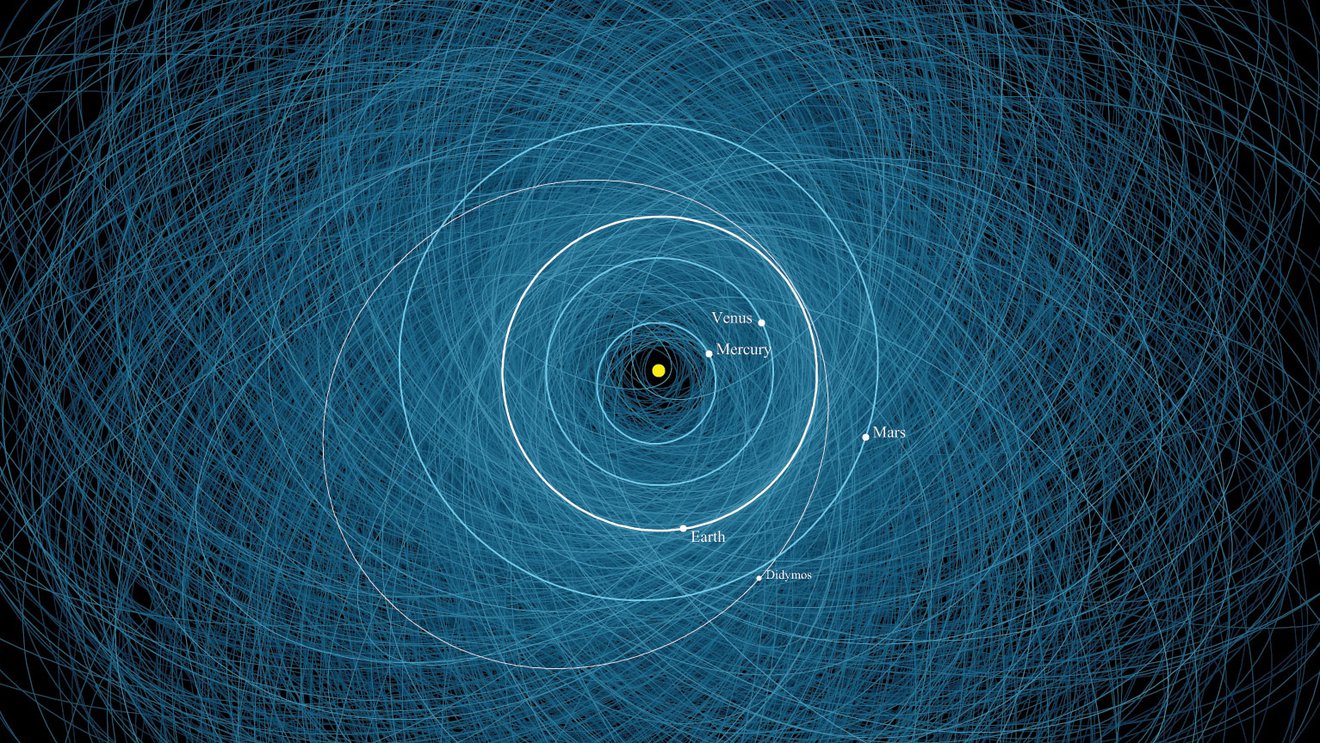
An asteroid striking Earth is a genuine possibility. There are tens of thousands of asteroids classified as Near-Earth Asteroids (NEAs), and we’re finding around 3,000 more each year. The number of new detections will see an uptick in the next few years as better survey telescopes come online.
Now NASA has developed a new system to classify all those asteroids and better evaluate impact probabilities.
Continue reading “NASA’s New Asteroid Impact Monitoring System Comes Online”Asteroid Apophis’ 2029 Flyby Will Provide a Bonanza of Asteroid Science
If NASA and other space agencies don’t want us to freak out about asteroids colliding with Earth, why do they give them names like Apophis? It sounds apocalyptic.
Apophis was the ancient Egyptian god of Chaos. He was an evil serpent that dwelled in endless darkness, the enemy of light and truth. So when they informed us that an asteroid named Apophis was due for a close encounter with Earth in 2029, people were understandably anxious. After all, Earth’s previous dominant inhabitants were evicted by an asteroid.
Continue reading “Asteroid Apophis’ 2029 Flyby Will Provide a Bonanza of Asteroid Science”Did the Earth’s Water Come From the Sun?
Where did Earth’s water come from? Comets may have brought some of it. Asteroids may have brought some. Icy planetesimals may have played a role by crashing into the young Earth and depositing their water. Hydrogen from inside the Earth may have contributed, too. Another hypothesis states the collision that formed the Moon gave Earth its water.
There’s evidence to back up all of these hypotheses.
But new research suggests that the Sun and its Solar Wind may have helped delivered some water, too.
Continue reading “Did the Earth’s Water Come From the Sun?”An Upcoming Asteroid Mission Will be Able to Peer 100 Meters Under the Surface
Engineers only get one shot at making a spacecraft work as intended. Or at least they only get one shot in space. In the preparation leading up to that final, climactic moment, there are typically thousands of hours of tests run on numerous systems and subsystems. If all goes well, it bodes well for the mission’s overall success, but if problems arise, it’s much easier to address them on the ground than while a spacecraft is already orbiting. A model of a new spacecraft known as Juventas just completed a significant testing milestone – passing testing in a room known as an anechoic chamber.
Continue reading “An Upcoming Asteroid Mission Will be Able to Peer 100 Meters Under the Surface”
